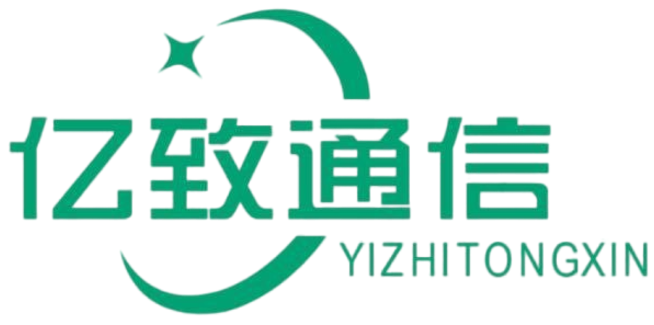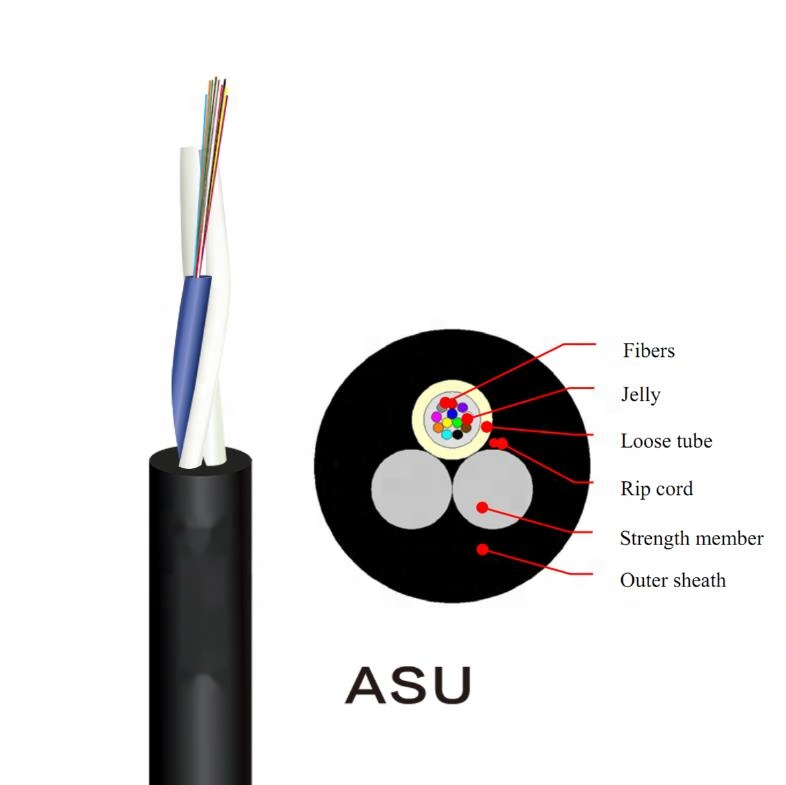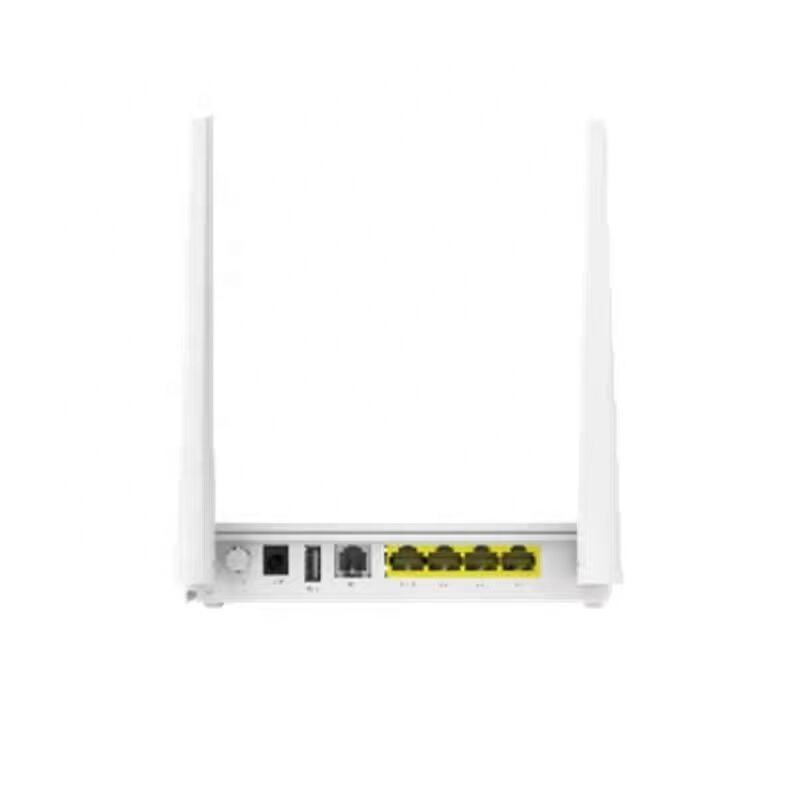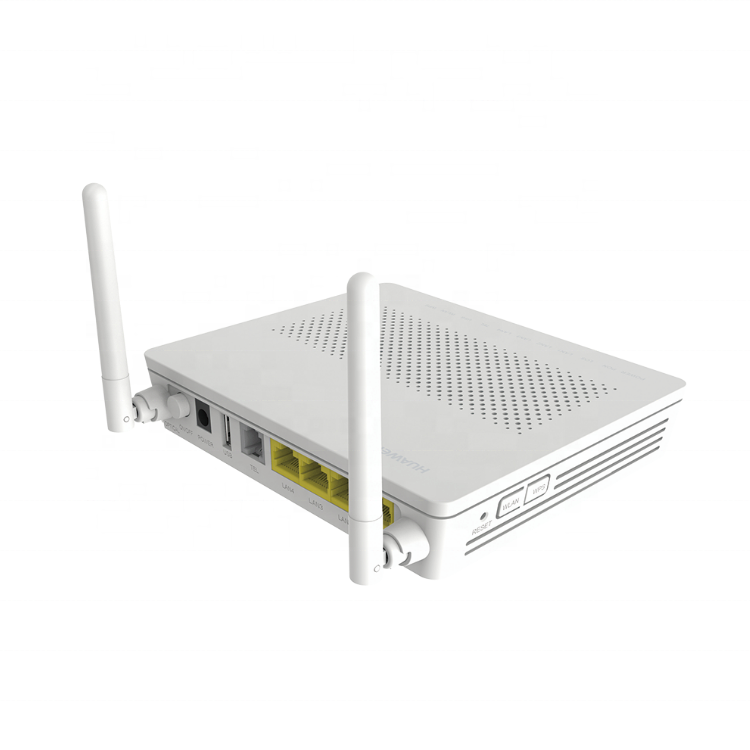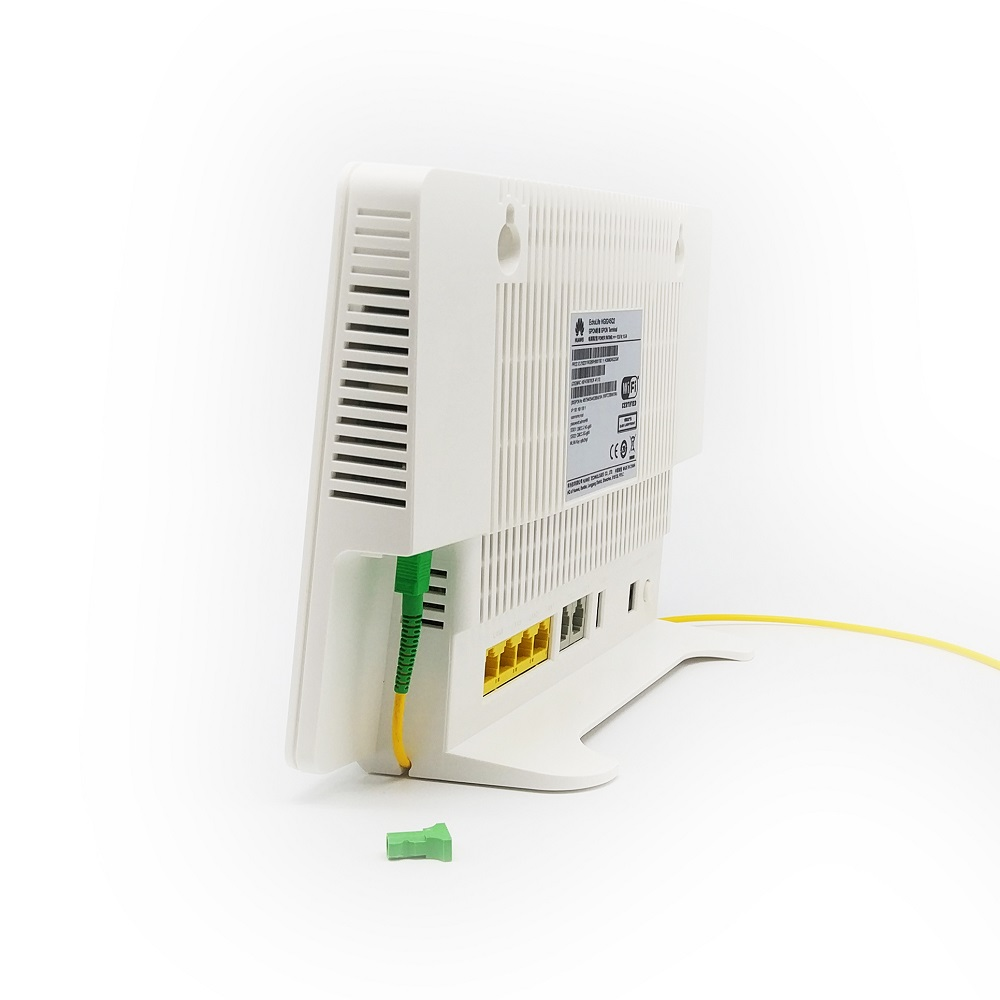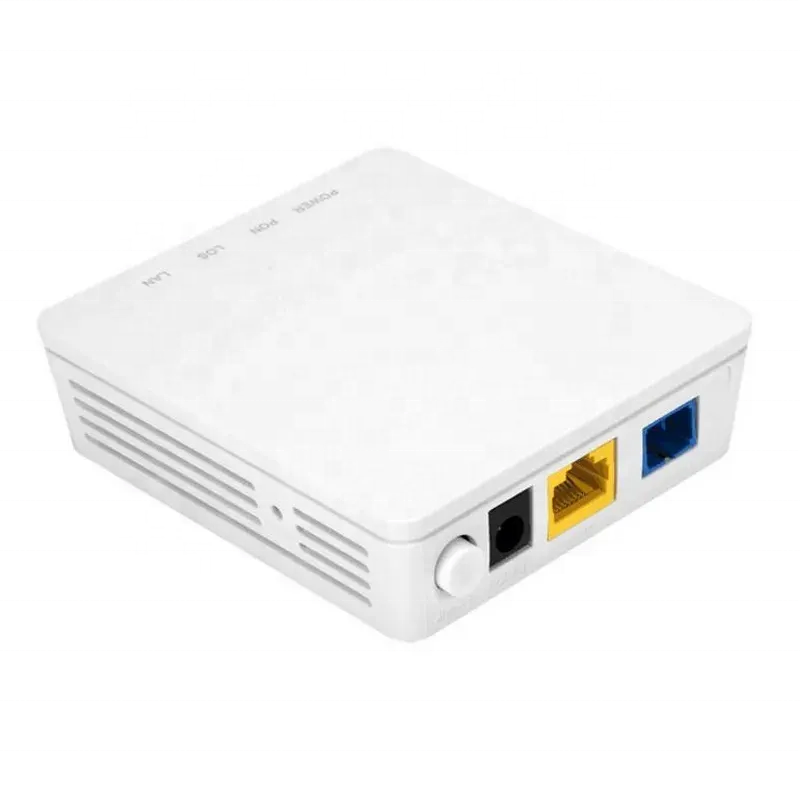olt cost
OLT (Optical Line Terminal) cost represents a significant consideration in fiber optic network deployments. An OLT serves as the endpoint hardware in a passive optical network (PON), managing the conversion between electrical and optical signals. The cost typically encompasses the hardware itself, installation expenses, and ongoing maintenance. Modern OLTs support various technologies including GPON, XG-PON, and NG-PON2, with prices varying based on port density, supported bandwidth, and additional features. Entry-level OLTs may start from several thousand dollars, while enterprise-grade solutions can reach tens of thousands. The total cost consideration must include factors such as power consumption, cooling requirements, rack space utilization, and scalability options. OLTs also vary in their split ratios, supporting different numbers of end users per port, which directly impacts the cost per subscriber. Additionally, the choice of OLT affects long-term operational expenses through features like remote management capabilities, power efficiency, and reliability ratings. Understanding these cost components is crucial for network operators and service providers in planning their fiber network investments.
